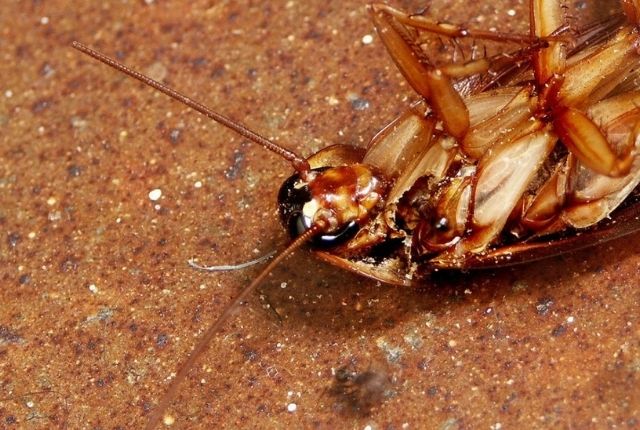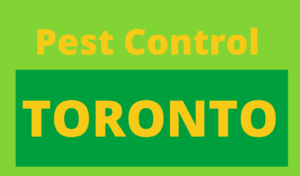Cockroach extermination can be one of the trickiest exercises to undertake. Cockroaches have a unique ability to acclimatize quickly to a new environment and to reproduce quickly. Cockroach extermination can be one of the trickiest exercises to undertake. Cockroaches have a unique ability to acclimatize quickly to a new environment and to reproduce quickly. In addition, they have hard shells, which shield them from potential dangers. Cockroaches are also able to evade traps aimed at killing them. However, there are several methods, which can exterminate cockroaches in your homes and other places.
Cockroach baiting
Baiting cockroaches involve mixing a food source with a toxicant. A number of baits are laced with feeding stimulants that attract cockroaches more than their food sources. The present indoor bait formulations are available as pastes, dust, bait stations and gels. Bait stations are the most popular since they are easy to set up and safe around pets and kids. Dust and gel bait formulations are designed for application into crevices where they are not accessible to people. Outdoor bait formulations are employed to manage peridomestic cockroaches. Bait stations and spreadable granular bait formulations can be used to poison peridomestic cockroaches. Spreadable baits are normally applied around a structure. However, due to precipitation, it is difficult to predict the effectiveness of this product during such conditions.
Growth regulators
These are chemical compounds, which interrupt the ordinary development of insects. These chemicals are available in point source dispensers or spray formulations. Growth regulators that imitate the juvenile hormones found in insects are referred to as Juvenile Hormone Analogues (JHA). JHA obstructs the development of cockroach nymphs. As a result, the nymphs develop into adultoids. The adultoids are sterile and can be distinguished by twisted wings. For this reason, the adultoids are unable to feed and reproduce. After some time, the cockroach population starts to dwindle. JHAs offer an effective long-term solution to the cockroach menace. In some cases, the JHAs are mixed with an insecticide, to exterminate the cockroaches quickly.
Inorganic dust
Inorganic dust is hugely popular for indoor cockroach extermination. Boric acid and silica gel are the most common inorganic dust in use today. The dust is applied via a squeeze-bulb duster into crevices and cracks beneath sinks and stoves, in electrical outlets, wall voids, behind refrigerators and along baseboards. Silica gel dust kills the cockroaches through dehydration. The dust absorbs the waxes on the roach cuticle leading to death. Boric acid dust, on the other hand, is a stomach poison. It sticks on the roach cuticle, and it ends up in the stomach through ingestion. Inorganic dust can exterminate a large population of cockroaches if well applied.
Traps are non-chemical pest control methods for dealing with a cockroach invasion. Sticky traps can be bought and placed in areas prone to cockroach infestation. Indoors, sticky traps can be placed under the sink, refrigerator, in the cabinets and bathrooms. It is not advisable to place the sticky traps outdoors as they are not weather resistant and they capture countless non-target insects and animals. Another trapping method is to employ baited jars. Empty pickle, peanut, or mayonnaise jars can be used. The interior rim of the jar is covered with a layer of petroleum jelly or Vaseline. A slice of bread soaked in beer is put in the jar as bait. Other baits which can be used include dog food and cookie. The outer surface of the jar is covered with a paper towel to allow the cockroaches to climb comfortably. Place the jar either indoors or outdoor where the cockroaches frequent most. The trapped cockroaches are killed by pouring hot water in the jar. The dead cockroaches can be disposed of in the garbage. Finally, Clean the jar and repeat the same process.
Our technicians use primarily baiting methods for cockroach control Toronto to deal with an infestation.

